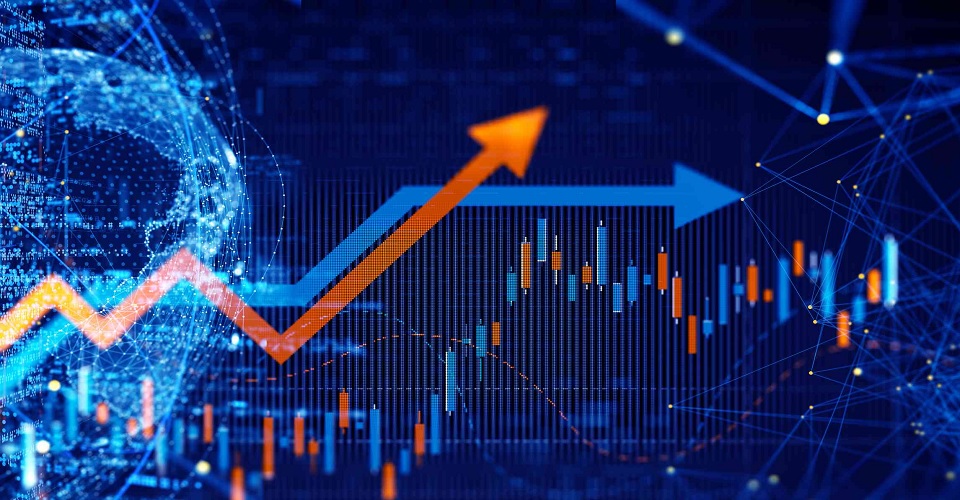Blog
What is quantitative trading?

Quantitative trading strategies are often used by traders. They include mathematical modelling, and utilize software algorithms.
Quantitative trading strategies are generally considered as an alternative to technical and fundamental analysis, especially by those who have a good knowledge of maths and programming languages. For others quantitative trading may seem to be quite complicated.
The trader’s job revolves around trying to determine the trend and its direction along with the possible reversal points, so as to base decisions on such predictions. Which tools are used in order to ascertain this information is completely up to the trader.
In fundamental analysis, the trader makes use of the news at the time to make his predictions. He will try to determine how the market shall react to the particular news. On the other hand, in the case of technical analysis the trader will analyze history and try to find patterns.
With quantitative trading strategy, tools involving mathematical parameters are used to try to find an optimal strategy. Over the years such methods improved and now there are also those based on artificial intelligence, distributed computing and various sophisticated modelling systems.
These mathematical tools allow you to sort through several strategies, so s to choose the optimal result of the risk/profit ration. The algorithm will utilize the analysis of a specific time section, in which price quotes are fixed, and obtain data. This data shall then be interpreted and analyzed by using statistical methods, so as to ultimately make forecasts.
In order to use quantitative trading it is important that the instruments are highly liquid and that there is a large number of them. Such analysis will not work well with just one currency pair, for example.
When considering everything, the use of quantitative trading for private trading is not that worthwhile. Besides its complexity, one would need to invest in a product that can carry out such an analysis, and its cost coupled up with software support will not be that affordable.
Quantitative trading strategies are generally considered as an alternative to technical and fundamental analysis, especially by those who have a good knowledge of maths and programming languages. For others quantitative trading may seem to be quite complicated.
The trader’s job revolves around trying to determine the trend and its direction along with the possible reversal points, so as to base decisions on such predictions. Which tools are used in order to ascertain this information is completely up to the trader.
In fundamental analysis, the trader makes use of the news at the time to make his predictions. He will try to determine how the market shall react to the particular news. On the other hand, in the case of technical analysis the trader will analyze history and try to find patterns.
With quantitative trading strategy, tools involving mathematical parameters are used to try to find an optimal strategy. Over the years such methods improved and now there are also those based on artificial intelligence, distributed computing and various sophisticated modelling systems.
These mathematical tools allow you to sort through several strategies, so s to choose the optimal result of the risk/profit ration. The algorithm will utilize the analysis of a specific time section, in which price quotes are fixed, and obtain data. This data shall then be interpreted and analyzed by using statistical methods, so as to ultimately make forecasts.
In order to use quantitative trading it is important that the instruments are highly liquid and that there is a large number of them. Such analysis will not work well with just one currency pair, for example.
When considering everything, the use of quantitative trading for private trading is not that worthwhile. Besides its complexity, one would need to invest in a product that can carry out such an analysis, and its cost coupled up with software support will not be that affordable.